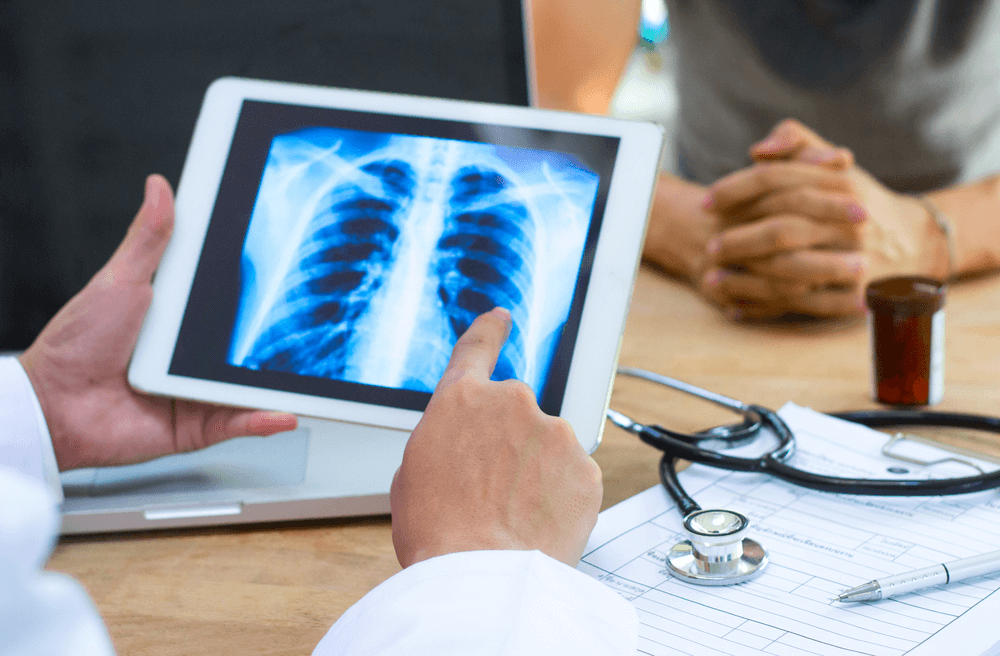In the field of medical imaging, PACS (Picture Archiving and Communication System) has revolutionized the way X-ray images are stored, accessed, and shared. This advanced technology offers numerous benefits to healthcare providers, radiologists, and patients alike. In this blog post, we will delve into the world of PACS X-ray, exploring its functionality, advantages, and impact on the medical field.
What is PACS X-ray?
PACS X-ray refers to the integration of X-ray imaging with a Picture Archiving and Communication System. This system allows for the digital storage, retrieval, and distribution of X-ray images and related patient information.
How does PACS X-ray work?
PACS X-ray captures digital X-ray images and transmits them to a centralized server, where they are stored and made accessible to authorized personnel. This system involves the use of specialized software that allows for image viewing, manipulation, and analysis.
What are the advantages of PACS X-ray?
a) Improved efficiency: PACS X-ray eliminates the need for physical film storage and retrieval, leading to time and cost savings. Radiologists can access and review X-ray images from any location, facilitating remote consultations and faster diagnosis.
b) Enhanced image quality: Digital X-ray images captured by PACS systems offer superior image quality compared to traditional film-based X-rays. This allows for better visualization and interpretation of anatomical structures, leading to more accurate diagnoses.
c) Seamless data integration: PACS X-ray integrates X-ray images with electronic medical records (EMRs), giving healthcare providers a comprehensive view of a patient’s medical history. This integration improves patient care and streamlines workflow.
d) Improved accessibility and sharing: PACS X-ray allows for secure and instant access to X-ray images by authorized personnel. Medical professionals can easily share images with colleagues, specialists, or referring physicians, facilitating collaboration and second opinions.
e) Long-term storage and disaster recovery: PACS X-ray systems provide reliable and centralized storage of X-ray images, reducing the risk of loss or damage. Additionally, regular backups and disaster recovery plans ensure the preservation of patient data.

How does PACS X-ray impact the medical field?
PACS X-ray technology has had a profound impact on the medical field, transforming the way X-ray imaging is conducted and improving patient care. It has revolutionized radiology practices, enabling faster and more accurate diagnoses, reducing patient wait times, and enhancing overall workflow efficiency. Additionally, PACS X-ray has facilitated telemedicine and teleradiology, allowing for remote consultations and the provision of specialized care to patients in remote areas. With the continuous advancements in technology, the future of PACS X-ray is promising, with potential integration with artificial intelligence algorithms for automated image analysis.
Conclusion
PACS X-ray has revolutionized the field of medical imaging, offering numerous benefits to healthcare providers and patients alike. This advanced technology improves efficiency, enhances image quality, facilitates seamless data integration, enables secure sharing, and ensures long-term storage of X-ray images. PACS X-ray contributes to improved patient care and outcomes by streamlining workflow and enabling faster diagnoses. As the medical field continues to evolve, PACS X-ray will likely play an increasingly significant role, paving the way for innovative advancements in diagnostic imaging.


